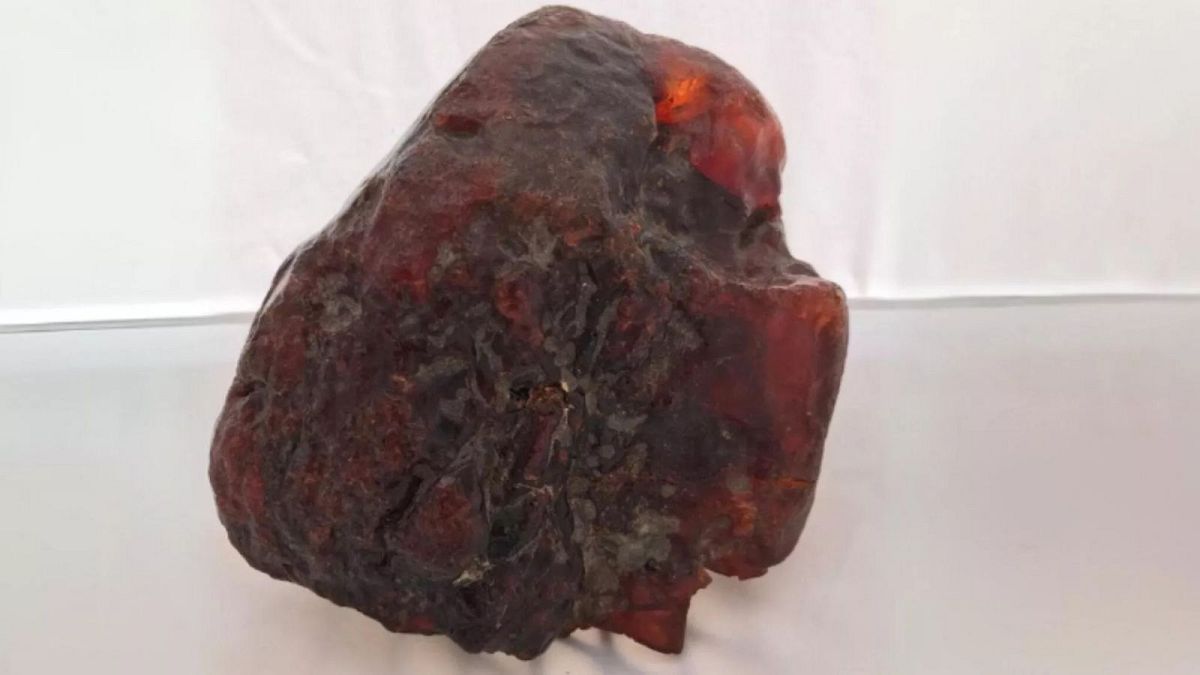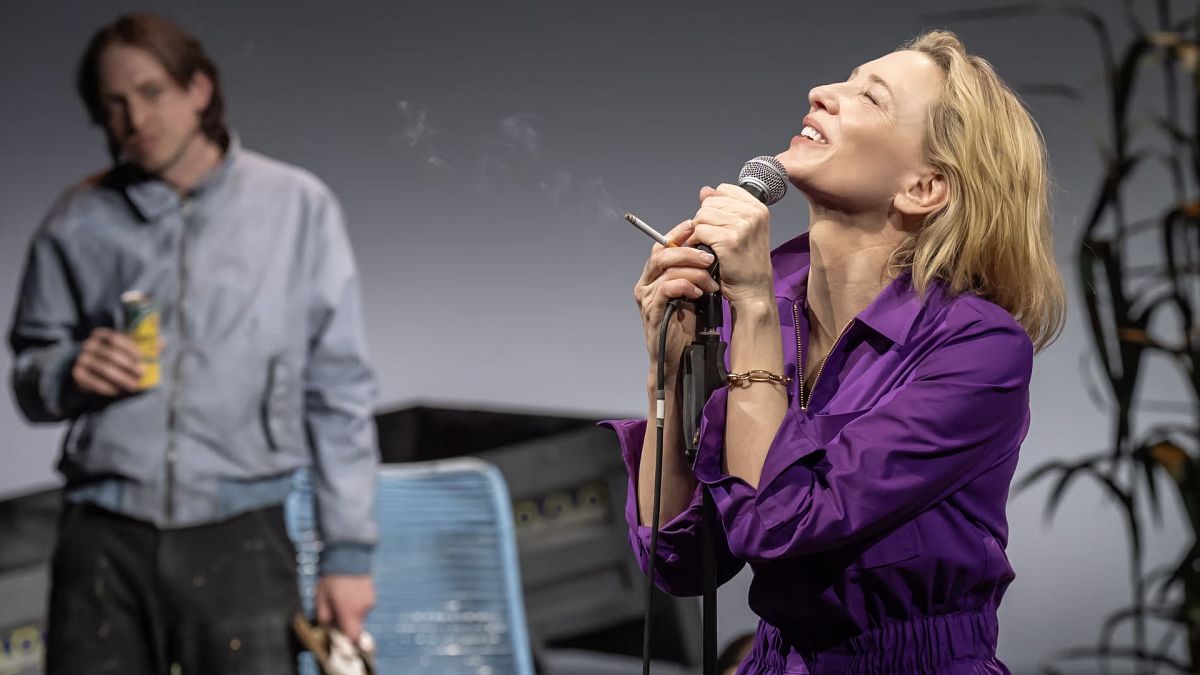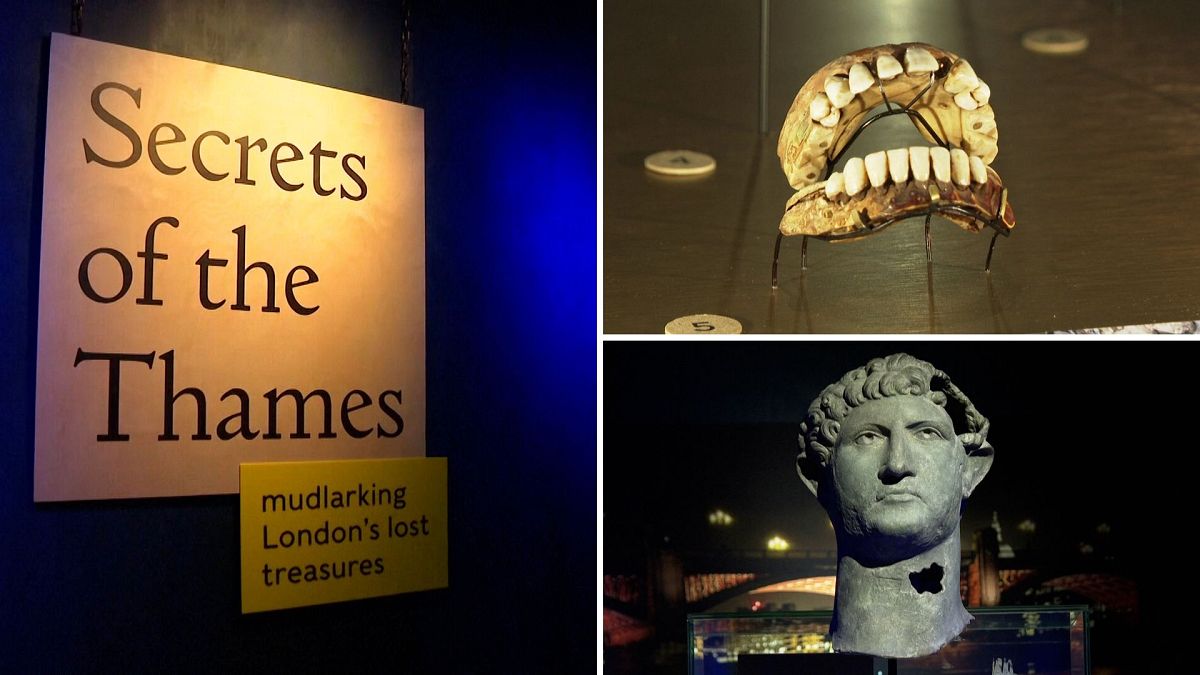Alongside Japanese sake and Brazilian cheese, Europe made a strong showing on the UNESCO list. Ukrainian 'pysanky' and Parisian roof restorers were just two of the continent’s treasures to be added.
You might well have read about sake, the smooth rice wine that is arguably more Japanese than sushi, earning a spot on UNESCO’s list of Intangible Cultural Heritage when the new entries were announced this week. But the traditional tipple was joined on the list by a number of European additions, spanning the French capital to the Baltics and Ukraine.
Particularly poignant amidst attacks on Ukrainian culture in the context of Russia’s war on Ukraine, the colourful Ukrainian Easter eggs known as pysanky were added to the list. Long predating the advent of Christianity, the eggs are adorned with intricate patterns and dyed using a wax-resist technique.The colourful eggs are an internationally recognised symbol of Ukrainian culture.
“In the fight for our homeland, our artists – bearers of living heritage – are perishing. ... We, however, are proving that even in the darkest times, we remain unbroken,” Ukrainian Culture and Strategic Communications Minister Mykola Tochytskyi said.
Alongside pysanky is ethnic Slovak naïve art: a style characterised by its depiction of everyday scenes, landscapes, village life, and rural surroundings, often rendered with a childlike simplicity and innocence. The form came about when, close to a century ago, two farmers in the ethnic Slovak village of Kovacica in northern Serbia began painting to pass the time during the long winter months.
The self-taught naïve painters of Kovacica have cultivated a distinctive tradition within the country’s ethnic Slovak minority, known for their vibrant colours and folk-inspired motifs.
“Naïve art in Kovacica began in 1939 when Martin Paluska and Jan Sokol started painting,” explained Ana Zolnaj Barca, the head of the Gallery of Naïve Art in the village. “They were farmers with only four grades of elementary school.”
The village’s naïve art gallery, established in 1955, now holds the works of nearly 50 recognised artists and hosts some 20,000 visitors each year. Among its most acclaimed artists is Zuzana Chalupova, who often painted children and whose work was featured on millions of UNICEF postcards.
The craftsmanship of Parisian zinc roof restorers also earned itself a spot. According to UNESCO, the process involves removing old zinc, measuring and cutting new pieces using a traditional Parisian folding machine, and expertly assembling them onto the roof.
″With nearly 80 percent of the roofs in Paris covered in zinc, the city is a living archive of these skills that shape the unique identity of its urban landscape,” UNESCO said in its citation.
The profession, however, is facing a shortage of skilled workers capable of preserving the zinc roofs that have defined Paris since the 19th-century Haussmann era, from balconied apartment buildings along tree-lined boulevards to historic churches scattered throughout the city.
″It’s a recognition for our trade, but for me, it’s only useful if it is accompanied by a reflection on why there are so few roofers,″ roofer Fantine Dekens, 21, told the Associated Press.
Estonia’s traditional dish potato and barley dish mulgi puder, consumed daily in the country’s Mulgimaa region, is a further tasty (and hearty) addition to the UNESCO list, with Bosnia and Herzegovina’s sevdalinka traditional urban singing providing a time-honoured aural accompaniment.
These European entries are joined on the list by (among others) Brazil's Minas cheese, China’s Spring Festival and cassava bread from Cuba, the Dominican Republic, Haiti, Honduras and Venezuela.

 3 months ago
36
3 months ago
36






 We deliver critical software at unparalleled value and speed to help your business thrive
We deliver critical software at unparalleled value and speed to help your business thrive






 English (US) ·
English (US) ·